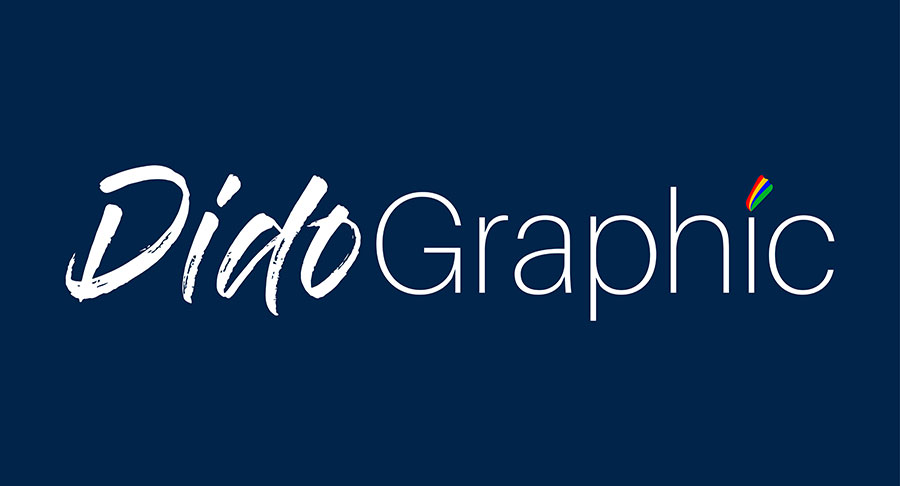How Tipping Point work for 3D Laser Scanning in Surveying
3D laser scanning has become an essential tool for surveying professionals. The technology has evolved rapidly in recent years and is now more affordable and user-friendly than ever before. This has led to a tipping point in the surveying industry, where more and more firms are adopting 3D laser scanning as their go-to surveying solution. There are many reasons why 3D laser scanning is such a popular surveying solution.
The technology is highly accurate, efficient, and versatile. It can be used for a wide range of surveying applications, from topographic surveys to as-built surveys. Additionally, 3D laser scanning data can be used to create highly detailed 3D models and point clouds. If you’re a surveying professional, it’s time to consider 3D laser scanning. The technology is at a tipping point and is only going to become more popular in the years to come.
3D laser scanning with an all-around solution
3D laser scanning is an all-around solution for capturing high-quality 3D data. This technology can be used for a variety of applications, such as surveying, engineering, and architectural design. 3D laser scanning provides many benefits over traditional surveying methods.
For one, it is much faster and more efficient. Additionally, it produces highly accurate results. And, perhaps most importantly, it is safe and non-destructive. If you are looking for a reliable and cost-effective solution for capturing 3D data, then 3D laser scanning is the perfect option for you.
scanning total station vs a dedicated 3D laser scanner
When choosing between a scanning total station and a dedicated 3D laser scanner, there are several factors to consider. Both technologies have their advantages and disadvantages, so it’s important to select the option that best suits your specific needs. Total stations are generally more accurate than laser scanners, making them ideal for surveying and engineering applications.
They are also relatively easy to set up and use and can be rented or purchased at a relatively low cost. However, total stations are limited in their scanning range and can be affected by environmental factors such as wind and rain.
Dedicated 3D laser scanners, on the other hand, are generally more expensive than total stations. They also require more setup time and expertise to operate.
Continue Reading >>> How Tipping Point work for 3D Laser Scanning in Surveying


Comments
Post a Comment